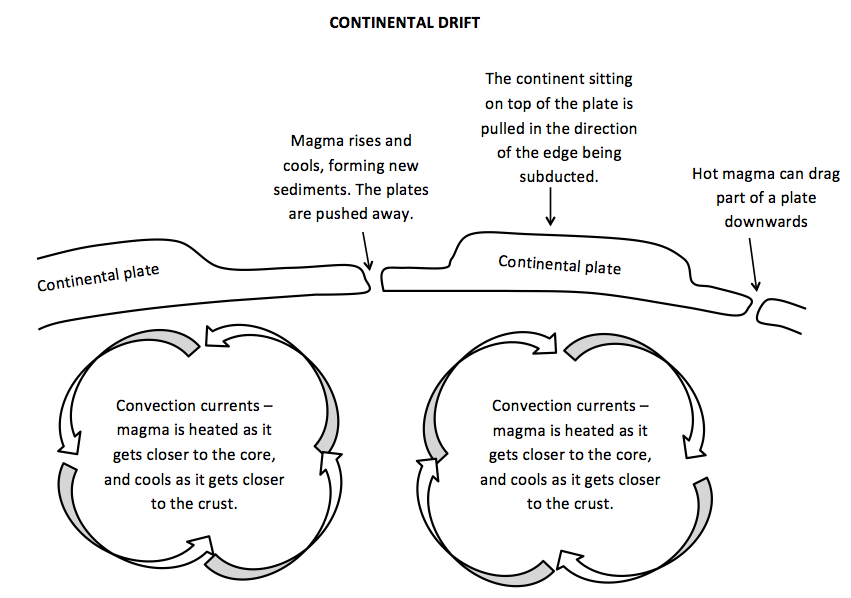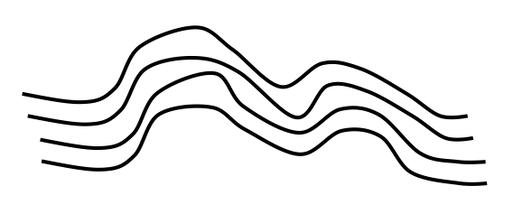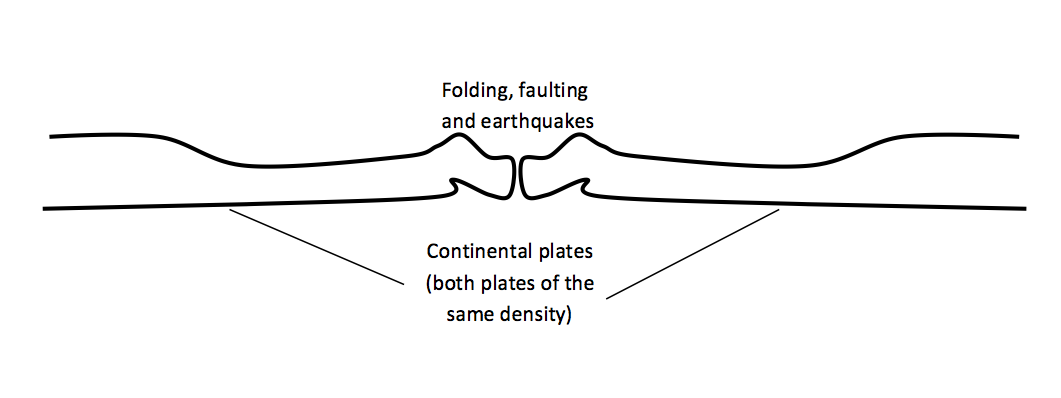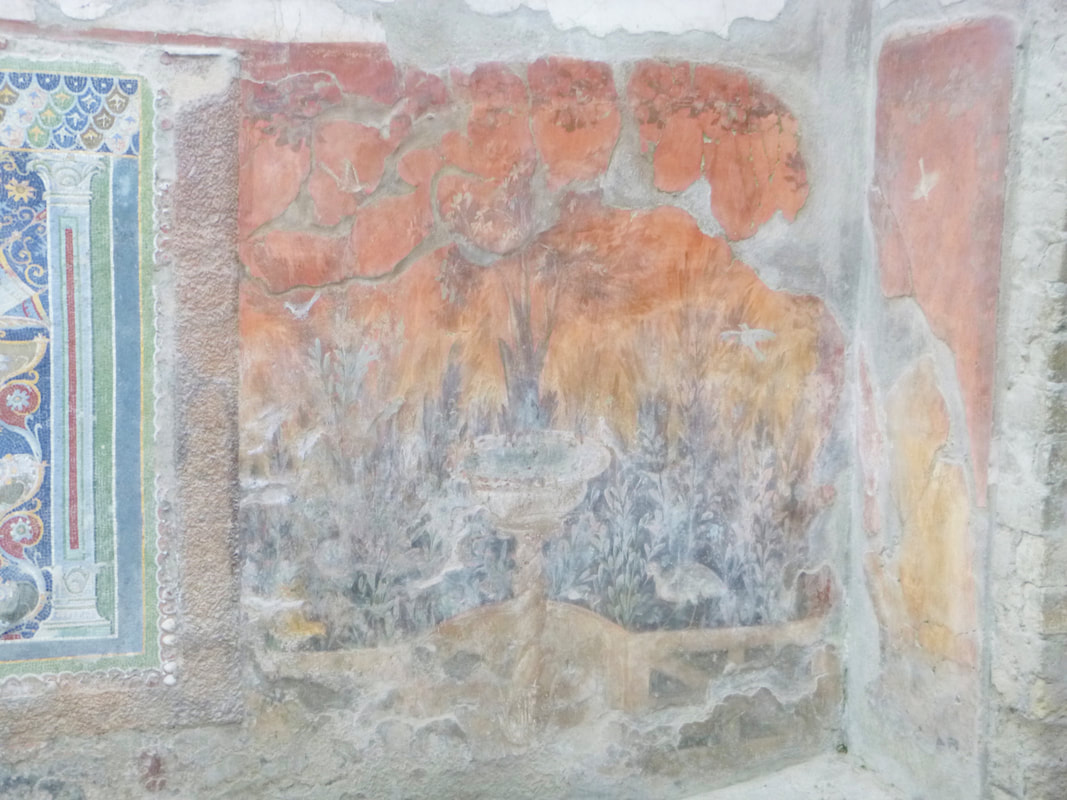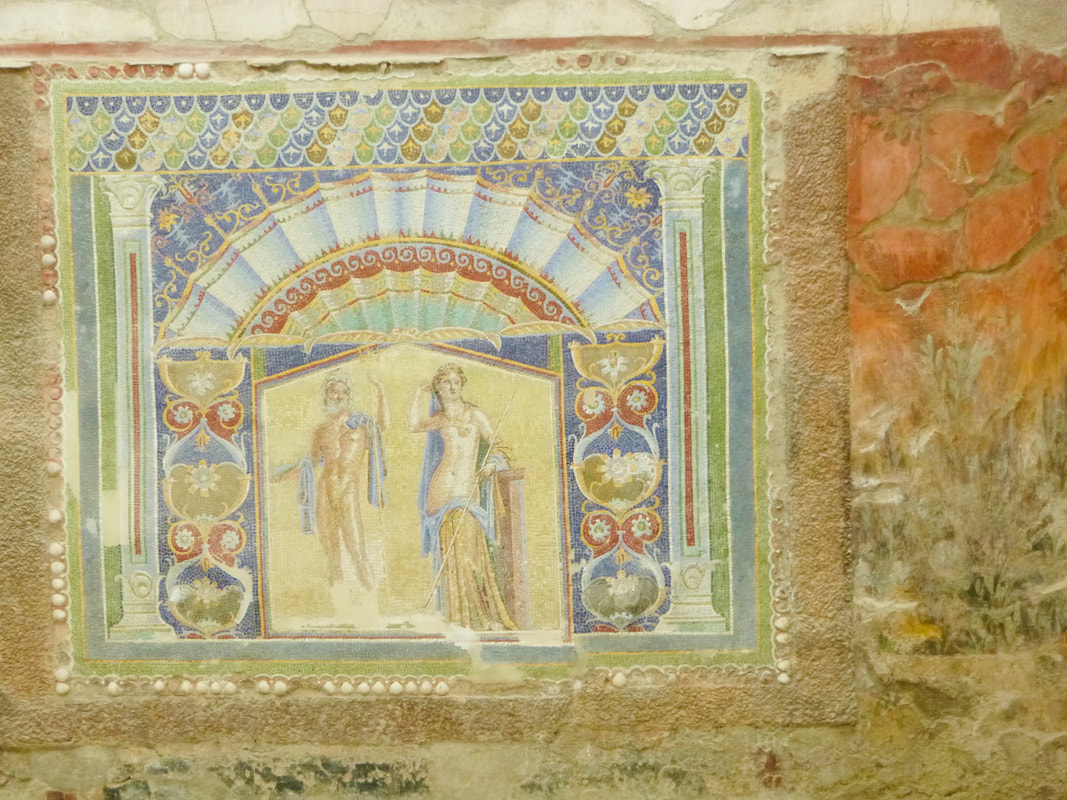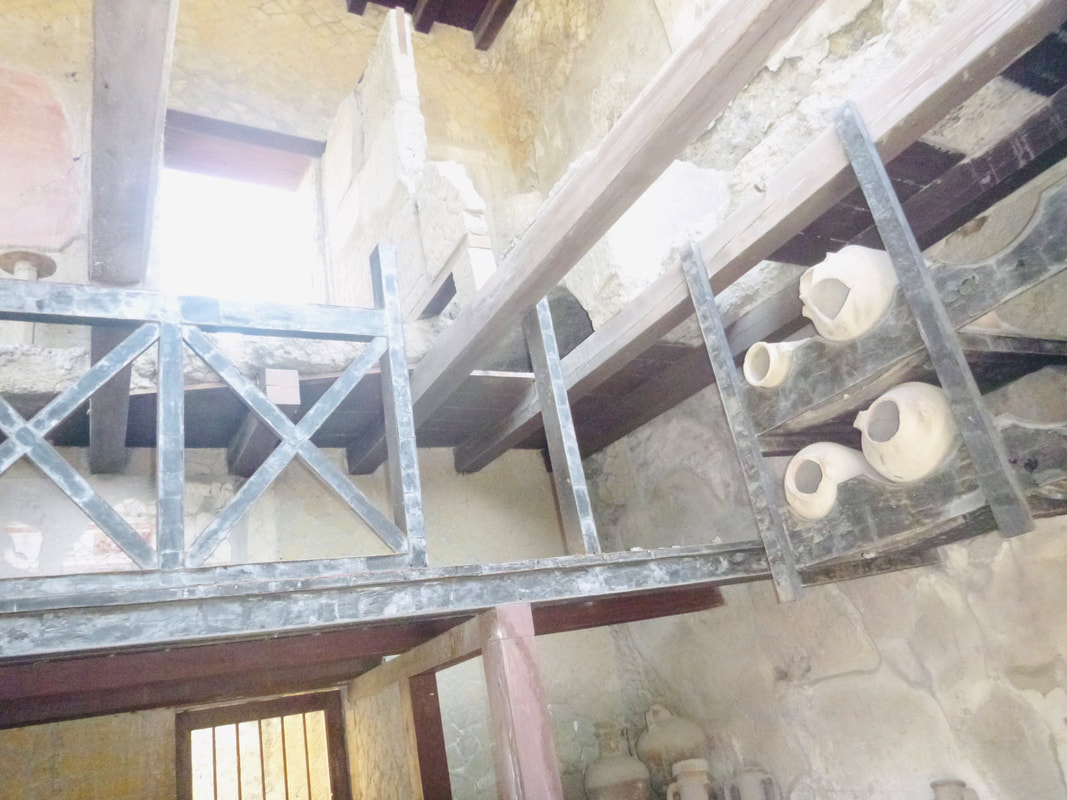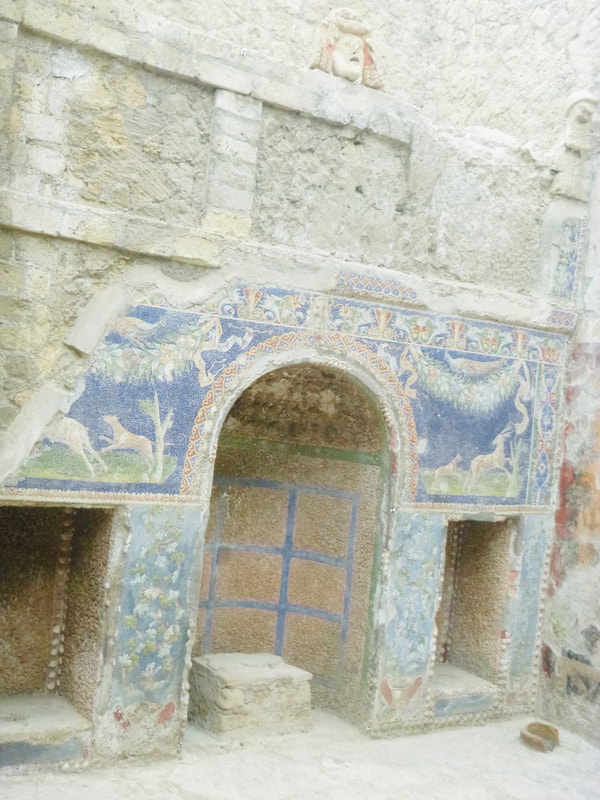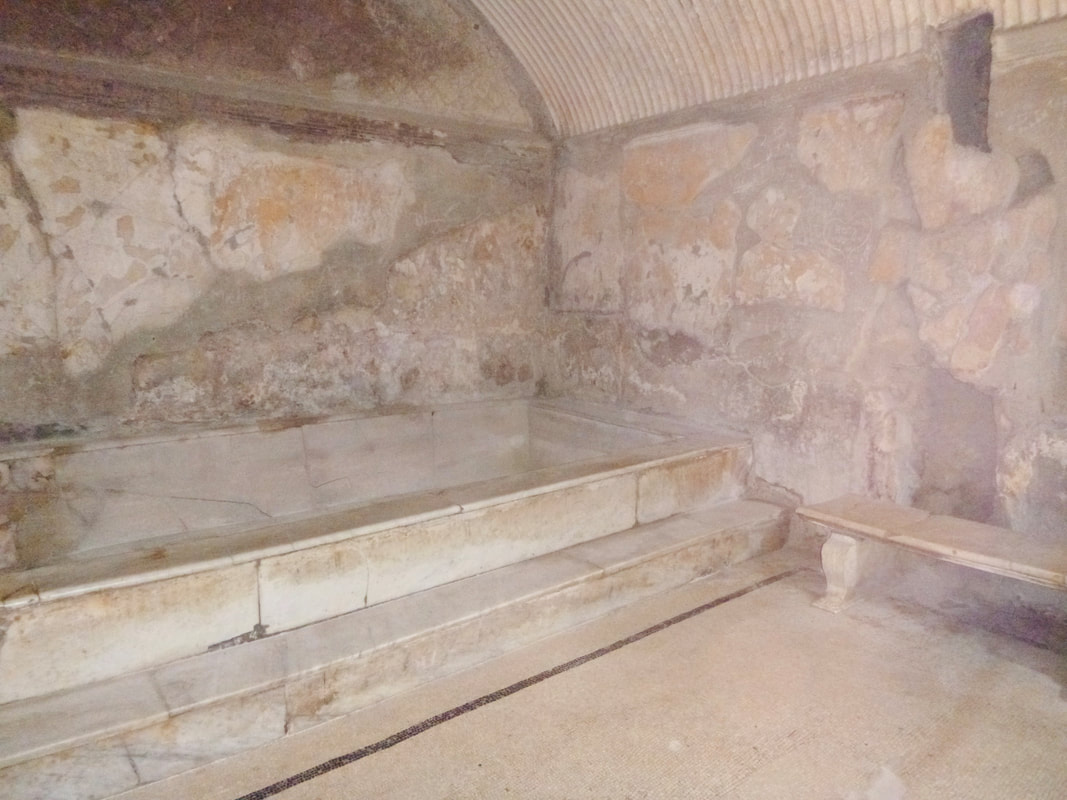|
Geomorphology: the study of landforms, their origins, evolution, form and distribution. The lithosphere is the outer shell of the earth, consisting of soil and geological formations. The earth is made up of different section: the core, the inner core, the outer core and the crust. Study of the lithosphere is primarily concerned with the crust. The two sets of forces which shape the earth’s crust are tectonic forces (continental drift and plate movement at a smaller scale), and gradational forces (weathering, erosion, deposition and mass movement). Landforms can be shaped in a number of ways:
Click to read Mystery island in the Southern Pacific brimming with life. Slip, Slide Colide Click to play Slip, Slide Collide 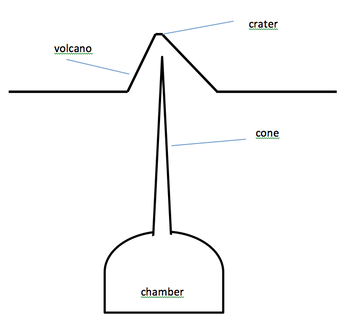 Volcanoes Volcanoes involve the process of molten rock from the mantle being forced up onto the earth’s surface, building continents. Earthquakes When two plates come together, folding and faulting can occur which can cause earthquakes (see above). Earthquakes occur as a result of movement between sections of the earth’s crust. They commonly occur along fault lines and along plate boundaries. Sections of tectonic plates can be forced upwards exposing new sections. Converging plates When plates come together (or converge) underwater trenches and volcanoes can be formed.  Faulting - Block mountains Block mountains are made when part of the crust is forced up between two cracks in a plate. These cracks are called faults.
0 Comments
We visited Herculaneum today. We were approached by a woman who introduced herself as an archaeologist working on the site and asked if we would like a tour with her. Conchetta (Connie) was fantastic. The depth of knowledge added so much to the experience. She took us underground to an excavated pool, pointed out restoration efforts, showed us areas where items had been removed and so on. We loved every minute of it. Connie was really engaging and obviously enjoyed presenting her work, and as a result she really passed on her enthusiasm to us. When Mt Vesuvius erupted it threw out a gigantic cloud of volcanic ash 30 km into the sky. Herculaneum was also impact by earthquakes. Hot ash and gas rolled down the slope of the volcano burying Herculanuem underground, in some places as deep as 23 metres. Over time Herculaneum was looted with many pieces of marble and bronze statues taken.
|
Categories
All
Archives
May 2024
|
||||||||||||||||
